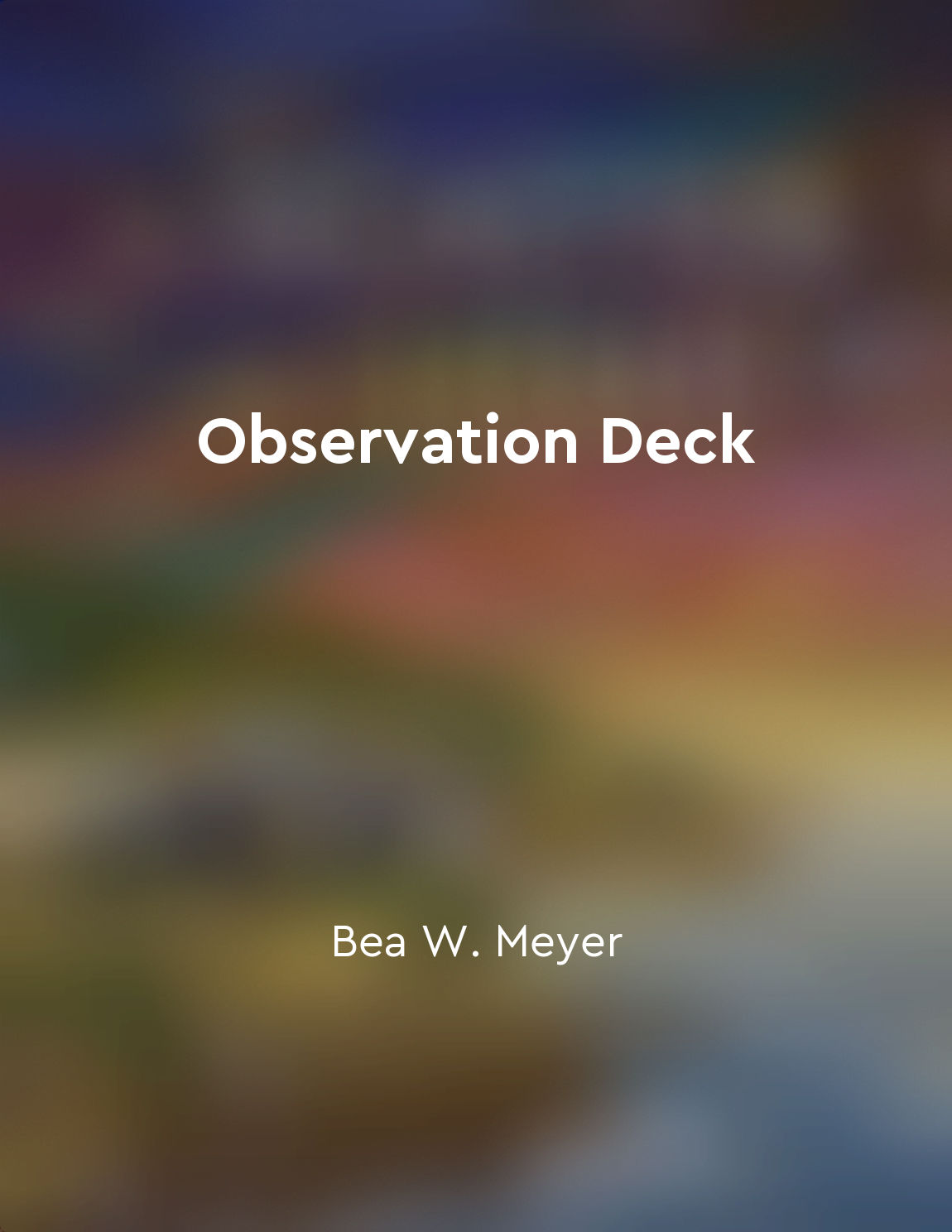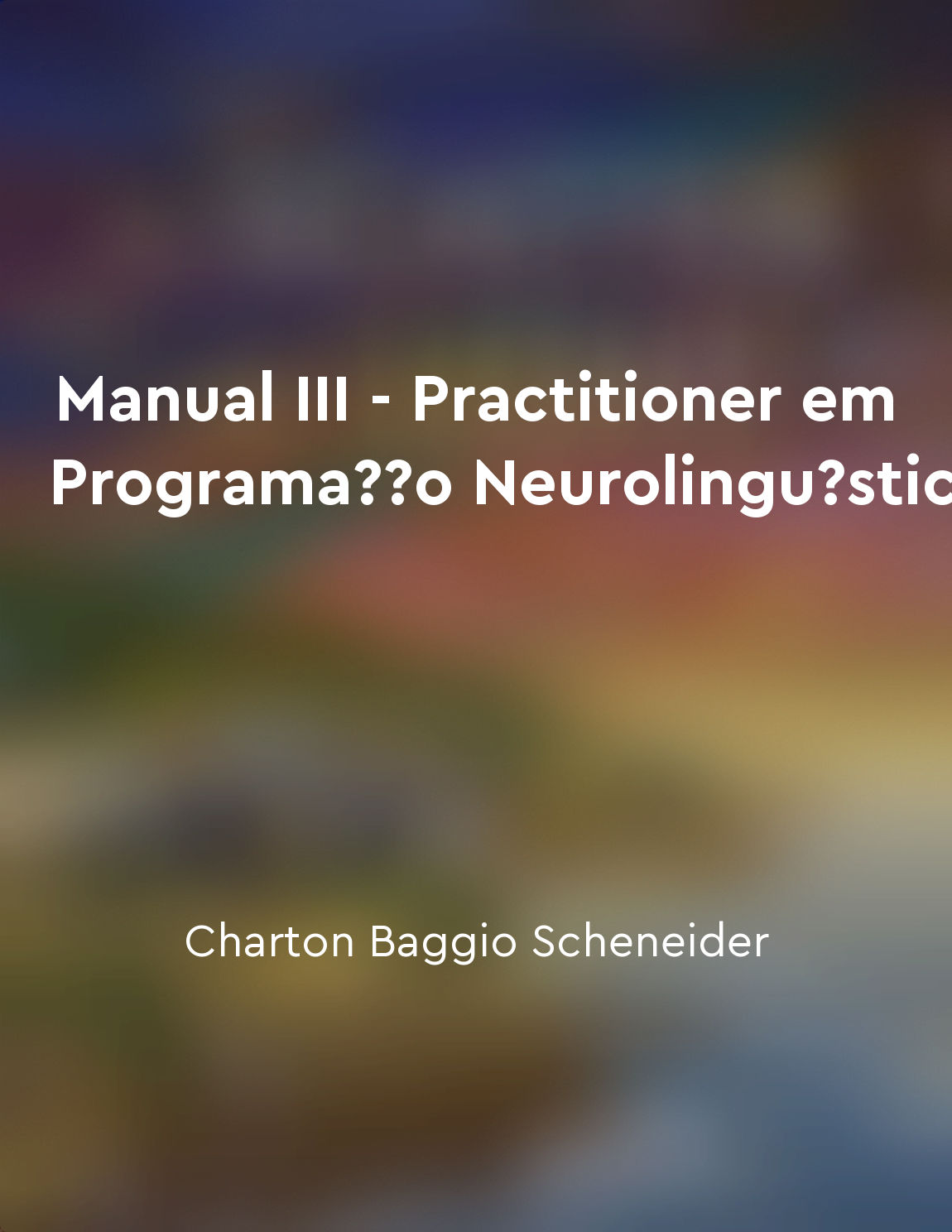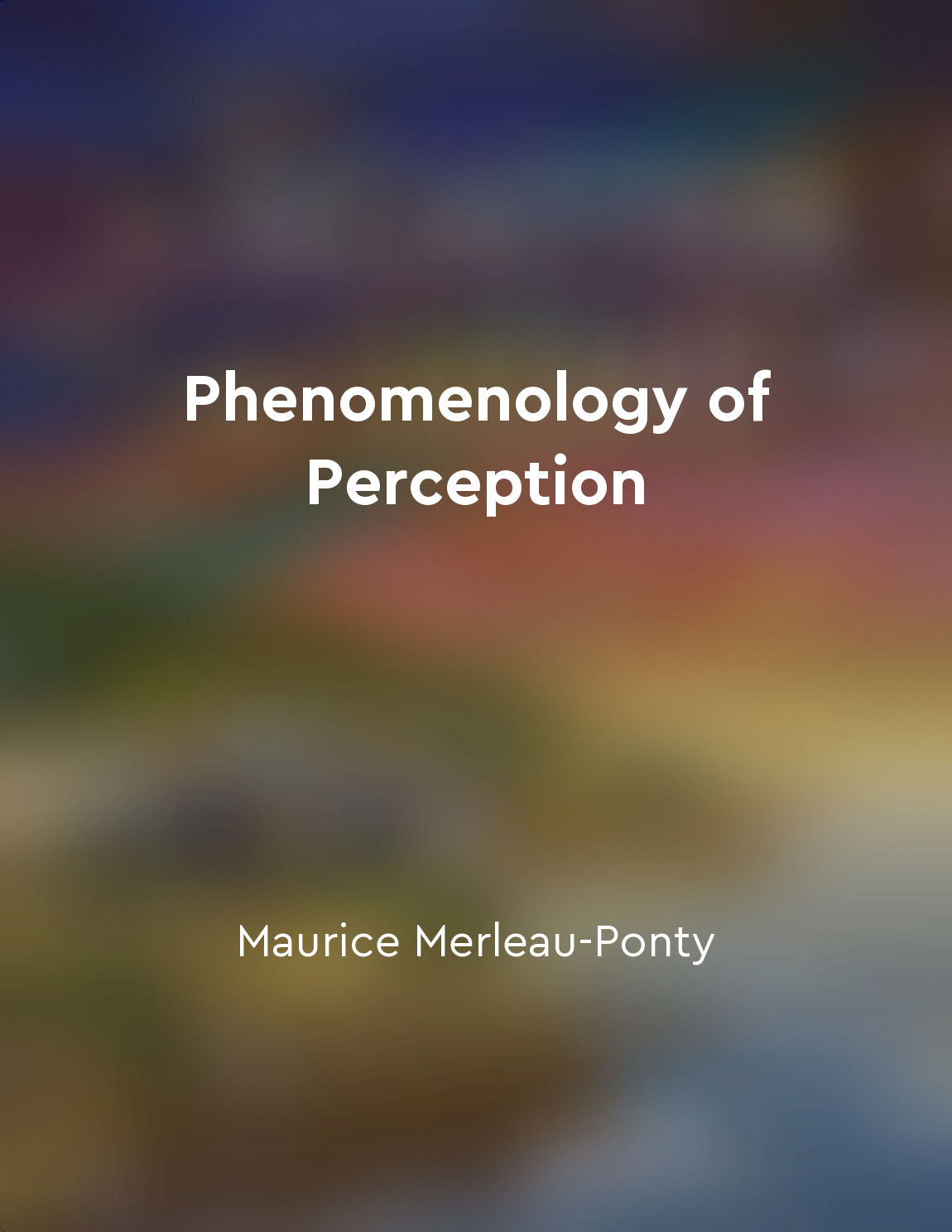People often overestimate their ability to notice important things in their environment from "summary" of The Invisible Gorilla by Christopher Chabris,Daniel Simons
In our daily lives, we tend to believe that we are much more observant and perceptive than we actually are. We assume that we can notice important things in our environment with ease. However, research has shown that this is not the case. Our minds are not as reliable as we think when it comes to paying attention to crucial details. One classic study that demonstrates this phenomenon is the famous "invisible gorilla" experiment. In this experiment, participants were asked to watch a video of people passing a basketball and count how many times the ball was passed. In the midst of this task, a person in a gorilla suit walked into the frame, beat their chest, and then walked off. Surprisingly, about half of the participants completely missed seeing the gorilla, despite its obvious presence. This experiment highlights the concept of "inattentional blindness" - the idea that when we focus on one task, we often fail to notice unexpected stimuli in our environment. Our attention is limited, and we can only focus on so much at once. This means that even when something important is right in front of us, we may still miss it if our attention is elsewhere. Another related concept is "change blindness," where we fail to notice even significant changes in our environment if they occur gradually or if our attention is diverted. This phenomenon shows that our minds are not as adept at detecting changes as we might think. We tend to miss important details when they are not explicitly pointed out to us.- These experiments demonstrate that our perception is not as accurate as we believe it to be. We often overestimate our ability to notice important things in our environment because our attention is limited, and our minds are easily distracted. It is essential to be aware of these limitations and to be mindful of where we direct our attention in order to avoid missing crucial details.
Similar Posts
The brain can create visual imagery without sight
Oliver Sacks delves into the fascinating phenomenon of the brain's ability to conjure up vivid visual images even in the absenc...
Knowledge is not a possession of the mind
In the philosophical realm, there exists a common misconception regarding the nature of knowledge. Many individuals tend to vie...

Mindfulness in everyday moments
The idea of mindfulness in everyday moments is about paying attention to the present moment without judgment. It involves being...

The impact of neurological disorders on everyday life
Neurological disorders have a profound impact on the lives of those who suffer from them. These disorders can manifest in a var...
Monk's journey towards selfacceptance and healing
Throughout the series, Monk embarks on a poignant journey towards self-acceptance and healing. At the beginning, he is consumed...
The brain is capable of extraordinary feats of creativity and innovation
In the realm of human creativity, the brain stands as the ultimate powerhouse, capable of conjuring up new ideas, insights, and...

Integrating NLP principles into everyday interactions
The concept of integrating NLP principles into everyday interactions involves applying the tools and techniques of Neuro-Lingui...

Perception is grounded in the body's capacities
Our perception of the world is intimately tied to the capacities of our bodies. Through our senses and movements, we actively e...

